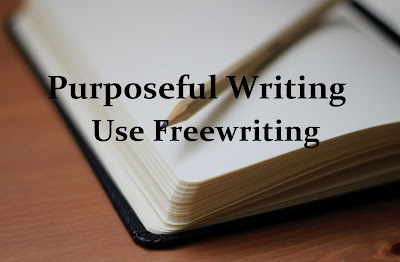By Karen Cioffi
Writing a story is time consuming… at least to write a good story.
I’m sure there are writers who sit down and write a story in a day, but I’m talking about doing it right.
This is especially true of writing for children.
It’s so important to know the rules. Know what the standard industry guidelines are and adhere to them.
There’s a lot that goes into writing. And if you want it to be publishing and marketing worthy, again, you want to do it right.
But what happens when you finish your manuscript. You revised it, edited, and proofed it, and possibly even had a professional writer look at it.
Your manuscript, your baby, is ready to fly.
You enter the traditional submitting phase. You’ve done your research and have found literary agents and book publishers in your genre. The submitting process is in full gear.
This process can easily take longer than the writing process, but you need to persevere.
In the meantime…
Should you just sit around and wait for a bite from an agent or publisher?
Should you sit around and gather dust on your keyboard?
Absolutely not!
You need to move onto another story as soon as you start the submitting process on your first book. Once book two is being submitted, it’s onto book three, and so on.
This goes even more so for articles.
According to writing coach Suzanne Lieurance you should have around 12 articles out circulating to magazine editors.
This is how you get work.
It’s the writing juggling act.
Keep the stories or articles moving.
Once you finish one story, get started on the next.
Another aspect of the writing juggling act: Book Marketing.
While you do need to keep writing those stories and getting them published, you also need to work on marketing you and your writing.
Marketing is a part of every author’s writing life, if you expect to sell your books.
-The first step of marketing is to create a quality book.
-The next step is to submit your work – this is pitching your work.
-If you’re self-publishing, you will need to publish it and distribute it so it’s available for sale.
Once the book finds a home, it’s about creating visibility. If people don’t know it exists, you won’t sell it.
The marketing and visibility process is ongoing.
If you’re wondering if having to promote your books is a must, even major publishers expect their authors to have an online author platform. They also expect the author to be able to help sell their books through that platform.
And, small publishers expect you to do all the marketing.
Marketing is that important.
So, what are the basics of an author online platform?
-The first step is to have a website and keep it current.
-Next is to post to social media to bring awareness about you, your books, articles, or services.
This will take up any spare writing time you may have.
So, if you’re a writer, there is no such thing as downtime. It’s all about the writing juggling act.
This article was first published at:
https://karencioffiwritingforchildren.com/2021/08/15/the-writing-juggling-act/
ABOUT THE AUTHOR
Karen Cioffi is an award-winning children’s author and children’s ghostwriter, editor, and coach with clients worldwide.Karen also offers DIY How to Write a Children’s Fiction Book and
Writers on the Move Press (Self-publishing help for children's authors.)




.jpg)















